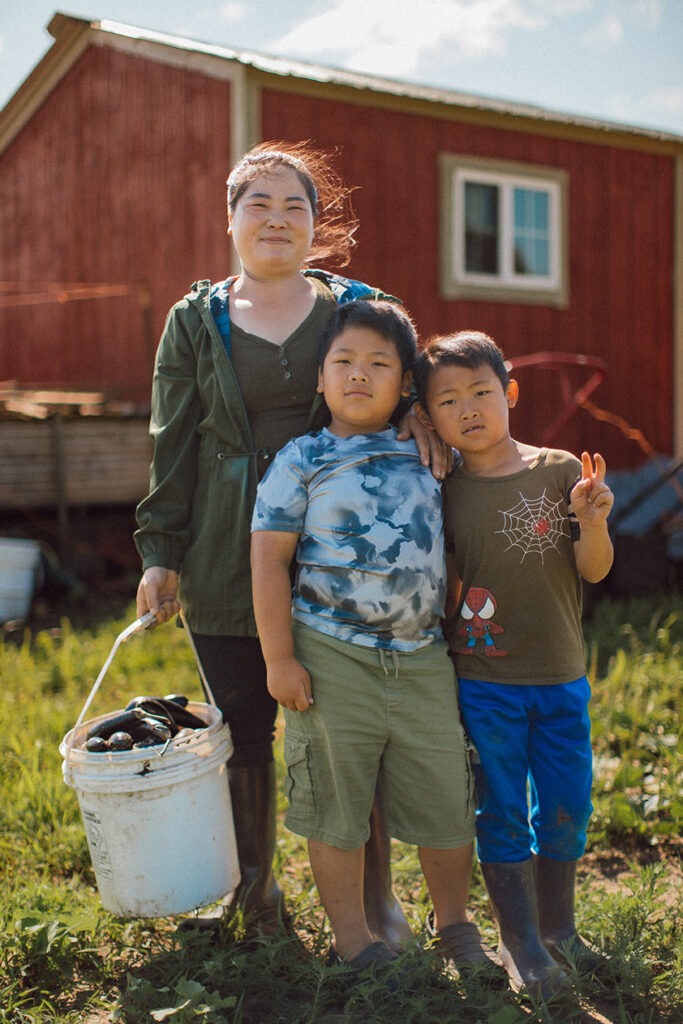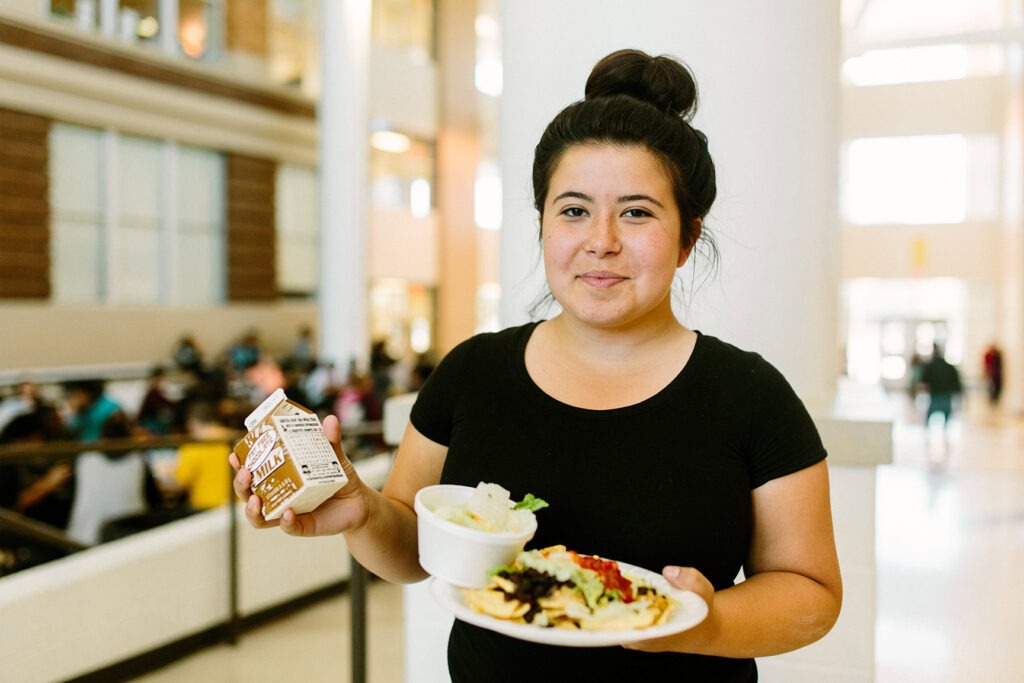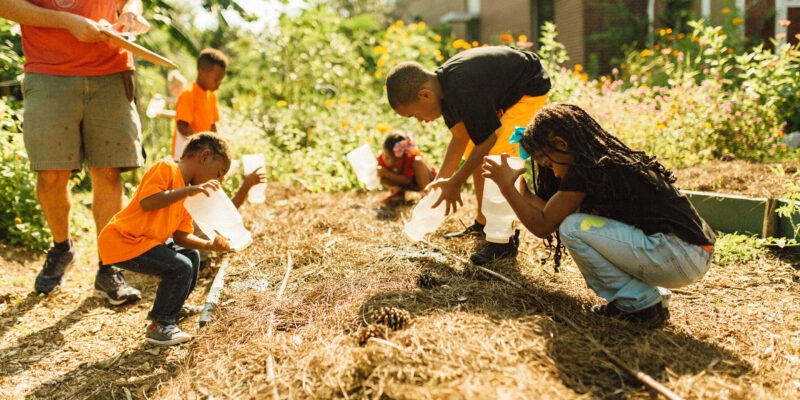Each October, communities across the country celebrate National Farm to School Month, a nationwide movement that connects students, schools and early care sites with local food producers. The initiative highlights the power of local leadership and national networks to build a just food system for all.
“Farm to School is really three wins,” said Sunny Baker, senior director of programs and policy at the National Farm to School Network (NFSN). “It’s a win for kids. It’s a win for farmers. And it’s a win for communities.”
"Farm to School is really three wins. It's a win for kids. It's a win for farmers. And it's a win for communities."
Sunny Baker
The network effect
NFSN, with support from the W.K. Kellogg Foundation, builds connections across the country. It provides resources to its vast array of partners and coordinates educators, farmers, policymakers and others to strengthen local food systems and build lasting change. Through partnerships, advocacy and sharing best practices, NFSN helps schools leverage community expertise, source local food, integrate agricultural education and promote equitable food access.
“Networks are so critical to movement building and NFSN was formed by the local leadership that existed all across the country,” said Jessica Gudmundson, co-executive director of NFSN. “There was a strong desire for continuity and shared language nationwide. Our network uplifts and supports that tremendous community voice and community leadership.”
NFSN’s scale is impressive and far reaching, with 500 partner organizations, more than 20,000 members and participation by 74% of the country’s schools, according to the latest USDA Farm to School Census. Yet it is firmly rooted in individual communities that can customize and calibrate the program to serve the local population.

A nationwide commemoration
National Farm to School Month is both a celebration and a demonstration of how durable change doesn’t happen in isolation. It can grow from the vision of a committed individual in a single school because a national network provides the infrastructure to help innovators build meaningful change in their own schools, towns or cities.
“What farm-to-school looks like is really dependent on what matters to each individual community,” said Jiyoon Chon, communications director of NFSN. “It can be structured to match what the community wants and needs and what they know is best for them. We empower communities and then help make it all work.”
Gudmundson agrees. “Wherever people are on their journey, there’s a space for them in the National Farm to School Network,” she said. “And Farm to School Month is a great time to celebrate getting started, or the accomplishments you’ve made to date, before pushing out even further.”
To get involved, people can join the network and attend the 10th National Farm to Cafeteria Conference happening Dec. 1 to 4, 2025, in Albuquerque, New Mexico.

Rooted in lived experience
The NFSN team has deep personal experience with the food system, helping them share that knowledge with everyone from school food service directors to policymakers in Washington, D.C., and across the country. Baker said she got her start in “the dish pits” of school cafeterias, and Miguel Villarreal, interim co-executive director of NFSN, came from a family of migrant farmworkers, whose work served as a springboard into his studies in food and nutrition. As his career in school food services grew, he wanted to more closely connect his school to local food producers, and he found a strong and willing partner in NFSN.
“NFSN helped elevate my voice and that of other food service directors,” said Villarreal. “There was no way we could reach everybody and get our message out to everyone, so this ability to network brought more recognition, which brought more dollars, which brought more resources. This is what the network does best.”
While NFSN serves and connects individual communities, its greatest impact comes from creating long-term change, helping ensure that — even in difficult times — communities can make healthy, local food the norm while also supporting farmers and fostering resilient regional economies.
“Networks help communities work through any uncertainty they may be experiencing,” said Gudmundson. “And they create real connections, which is so essential. They support people’s morale and their general well-being.”
Success in the present, vision for the future
By any measure, the farm to school movement has great reach and impact. It has engaged:
45M+
students daily
75K
schools
$1.8B
spent annually on local food
But food system change advocates are tireless, so they regularly turn their sights to an even brighter future.
“We want it to be the easy option for every school district in the country to serve local foods, work with kids in a garden and have that be a part of curriculum,” said Baker.
And like most successful movements, it is built on the talents and foresight of those who came before us.
“I am living in my future,” said Villarreal. “Forty years ago, there were just a handful of people pushing for these types of food system changes. Now we have incredibly active community outreach, with more and more people talking about these issues and investing dollars. And I know the next generation of advocates will work hard and look ahead. I encourage them to keep asking, ‘What do we want our future to look like? And how will our movement get us there?’”







Comments